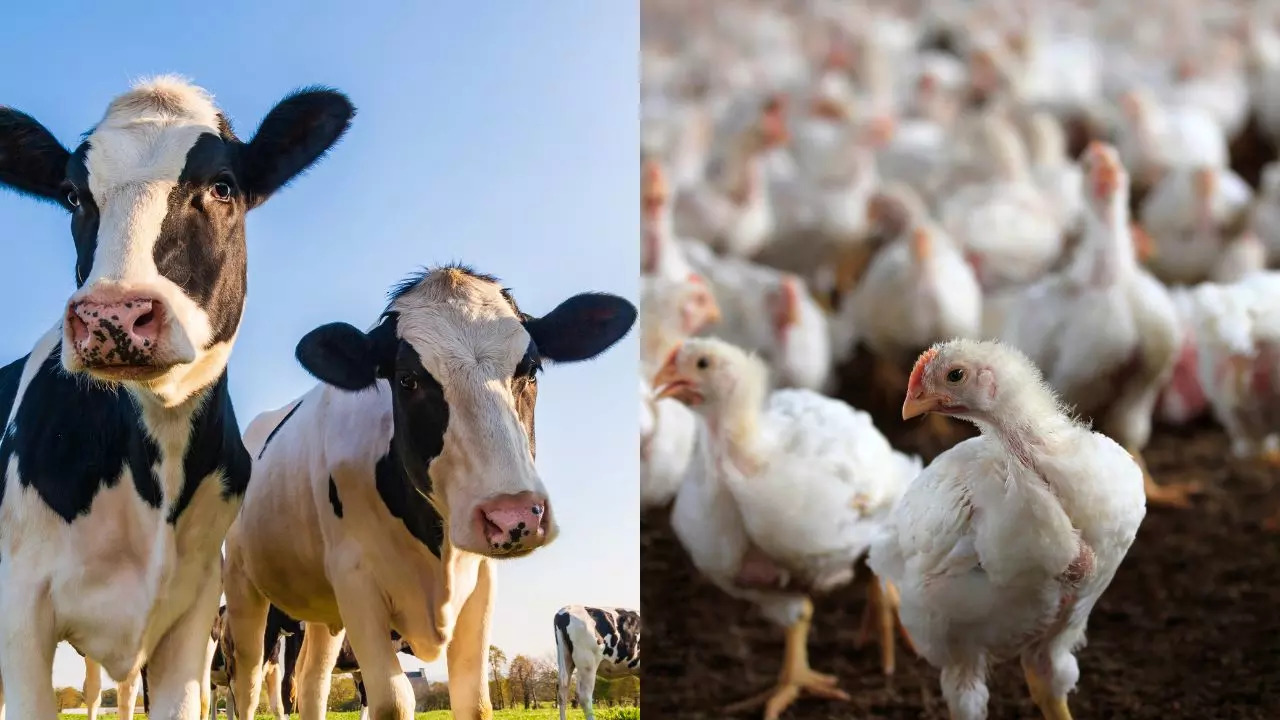CDC reports one case of bird flu without contact with animals
The Centers for Disease Control and Prevention (CDC) reported a new case of Bird flu in MissouriHowever, the infected person had no known contact with poultry or dairy cows. The CDC said the person was hospitalized on August 22 and has now recovered, according to a report by NBC News. With this case, people have become concerned about the risks and spread of the virus. bird flu Because this was the first case with no known history of contact with poultry or dairy cows, the CDC says the risk of spread among the general public is low.
According to the CDC, at least 196 dairy herds in 14 states have reported the H5N1 influenza virus. bird flu outbreak It has also been confirmed in poultry in 48 states. No infections have been reported in dairy cattle in Missouri. A few cases have been reported in commercial poultry or backyard birds and in wild birds.
Missouri health officials have said there have been no signs of unusual influenza activity in people, including an increase in emergency room visits or detection of human influenza cases in the state. A sample from the patient was sent to the Missouri State Public Health Laboratory, Missouri health officials said in the statement. The sample was then sent to the CDC for further testing.
Missouri officials said the adult patient has underlying medical conditions and tested positive for influenza A. Additionally, there has been no transmission of the virus to people who are in close contact with the patient.
Since the patient has had no contact with dairy cows or poultry, people have been concerned about the risks and spread of bird flu. There are several ways in which the bird flu virus can spread even if one has no direct contact with poultry or dairy cows.
Here we see how the bird flu virus spreads without contact with animals.
Airborne transmission
The virus can be transmitted through the air via droplets of respiratory secretions from infected birds, feather dust or dried feces. These particles can then be inhaled and a person can become infected.
Contaminated surfaces
The virus can survive on surfaces such as bird cages, equipment, clothing and even human skin. Touching contaminated surfaces and then touching your mouth, nose or eyes can lead to infection.
Dust
If you are in areas where infected birds have been, dust particles may contain the virus, which can settle on surfaces or linger in the air, especially in poorly ventilated spaces. Breathing in this dust can expose you to the virus.
Contaminated water
The virus can survive in water contaminated with feces from infected birds. Humans can be exposed through contact with such water, but this mode of transmission is rare.
Person-to-person spread
Although rare, the bird flu virus can spread between people, especially through close contact with respiratory secretions from an infected person. This transmission is not common and usually occurs between people who are in close proximity for long periods of time.
Disclaimer:
The information contained in this post is for general information purposes only. We make no representations or warranties of any kind, express or implied, about the completeness, accuracy, reliability, suitability or availability with respect to the website or the information, products, services, or related graphics contained on the post for any purpose.
We respect the intellectual property rights of content creators. If you are the owner of any material featured on our website and have concerns about its use, please contact us. We are committed to addressing any copyright issues promptly and will remove any material within 2 days of receiving a request from the rightful owner.

